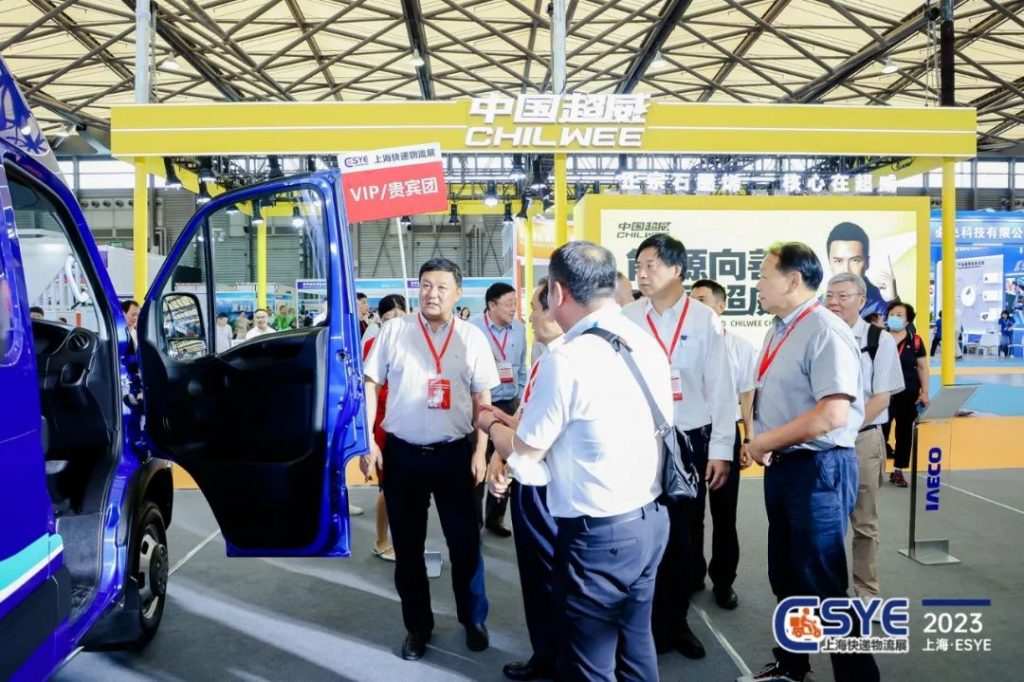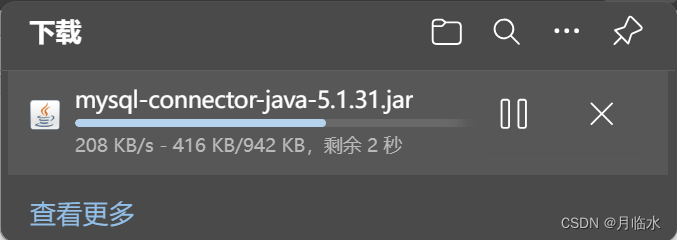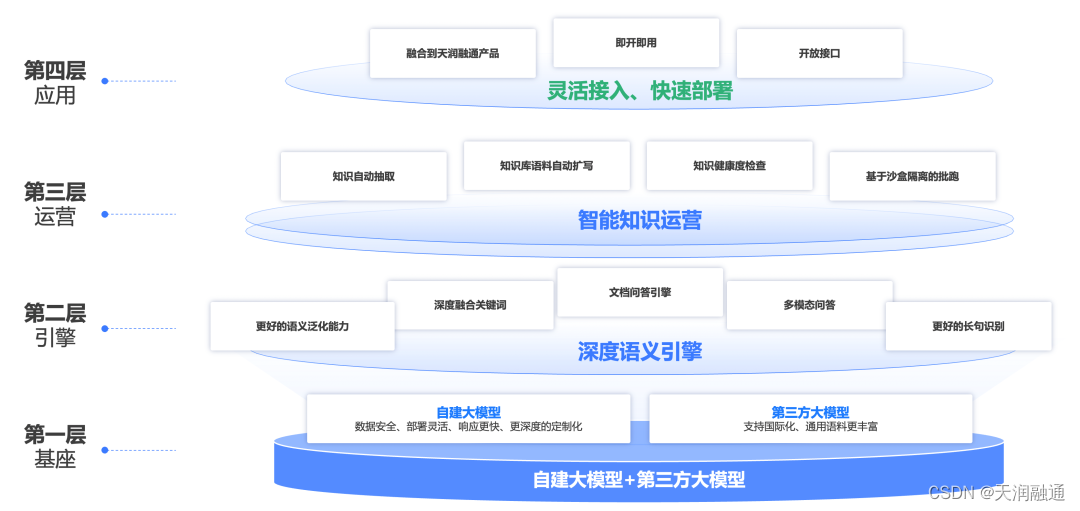论文网址:Line Graph Neural Networks for Link Prediction | IEEE Journals & Magazine | IEEE Xplore
论文代码:GitHub - divelab/LGLP
英文是纯手打的!论文原文的summarizing and paraphrasing。可能会出现难以避免的拼写错误和语法错误,若有发现欢迎评论指正!文章偏向于笔记,谨慎食用
目录
1. 省流版
1.1. 心得
1.2. 论文总结图
2. 论文逐段精读
2.1. Abstract
2.2. Introduction
2.3. Related Work
2.4. The Proposed Methods
2.4.1. Problem Formulation
2.4.2. Overall Framework
2.4.3. Line Graph Neural Networks
2.4.4. The Proposed Algorithm
2.5. Experiments
2.5.1. Datatsets and Baseline Models
2.5.2. Experimental Setup
2.5.3. Results and Analysis
2.6. Conclusion
4. Reference
1. 省流版
1.1. 心得
(1)这么大篇幅夸SEAL然后还不在摘要和intro里说自己的模型名差点让我觉得你们提出来的就是SEAL了-,-
(2)这里总是会强调封闭的子图,就是"enclosing subgraph"
1.2. 论文总结图
2. 论文逐段精读
2.1. Abstract
①⭐Link (edge) prediction in the original graph equals to the node classification in the line graph
2.2. Introduction
①⭐Heuristic methods for link prediction always limit, such as methods in social network do not match tasks in molecule
②⭐Link prediction can be converted to graph classification when regards enclosing subgraph as a graph
metabolic adj. 变化的;[生理]新陈代谢的
2.3. Related Work
①Categories of link prediction methods: heuristic methods, embedding methods, deep learning methods
②Heuristic methods: first-order, secondorder, and high-order methods
③Embedding methods: matrix factorization and stochastic block
④Deep learning methods: SEAL
2.4. The Proposed Methods
2.4.1. Problem Formulation
①For a graph ,
is the node set,
is the edge set, and adjacency matrix
2.4.2. Overall Framework
①The original graph for link prediction in social networks (this method mainly focus on 1-hop neighbors and extracting subgraphs) (1-hop can be extended to h-hop).
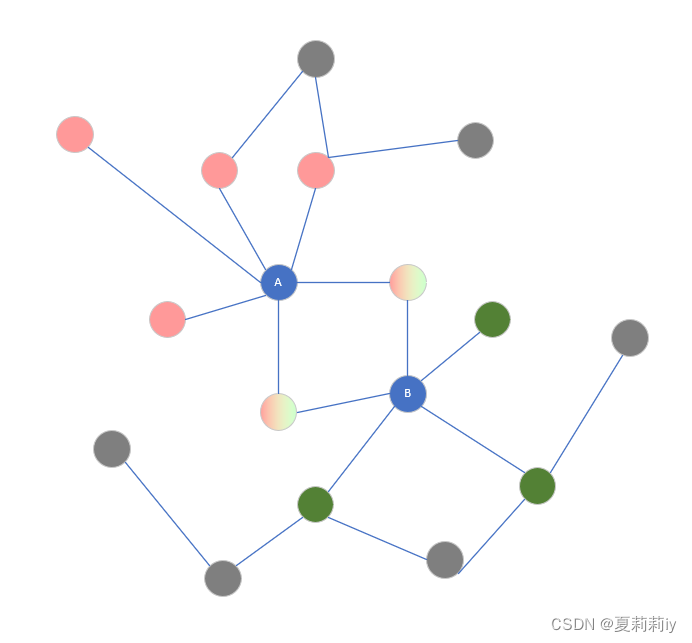
extracted subgraph:

The common connections determine the relations between A and B
②Steps of link prediction: enclosing subgraph extraction, node labeling, feature learning and link prediction
③Overall framework:

where the double circles are the centered nodes, and the pure yellow circle inthe forth graph is the aimed link
2.4.3. Line Graph Neural Networks
(1)Line graph space transformation
①⭐我觉得它和传统线图不一样,传统的是无向→有向,但是它还是无向→无向。作者定义的是当原图中的两个边有共享顶点时,两条边在线图中变成俩顶点并存在一条连接
②Example:

③⭐The number of edges in L(G) is , where
denotes the degree of node
in original graph,
is the edge number in the original graph
(2)Node label transformation
①Node label generation:
where the denotes the node labeling function,
and
represent the end nodes of edge. In undirected graph, edge (
) equals to edge (
)
②作者意思是①确实适用于无向图因为无论和
顺序和编号咋样得到的
都一样。但是如果加进去俩节点属性就会有顺序上的问题,所以节点属性还是应该取和:
where and
are the node attributes of
and
. And this
will be the node attribute of this edge in the line graph
(3)Feature Learning by Graph Neural Networks
①Updating of GNN:
where is all the neighbors of node
,
is a weight matrix and
denotes the normalization coefficient.
②Cross entropy loss:
where is the links which need to be predicted,
is the probability that the link
exists,
represents if the link exists
(4)Connection With Learning on Original Graphs
①Edge feature:
where denotes GNN
②They rewrite the updating function:
⭐作者意思就是因为线图中的节点(原图的边)包含了原图中边连接的两个顶点,然后线图中节点聚合的一阶会聚合周围的节点,但是周围的节点也源于原图中其他的两个顶点,相当于是线图中一跳等于原图两跳结合。不过这个还是要取决于怎么定义线图节点特征
2.4.4. The Proposed Algorithm
(1)Enclosing Subgraph Extraction
①Constructing 2-hop enclosing subgraph:
(2)Node Labeling
①Identifying 2 target nodes first
②Providing the importance of each node to target nodes
③Node labeling function:
where
④Lable of target nodes: and
⑤Lable of unreachable nodes: for or
, there is
2.5. Experiments
2.5.1. Datatsets and Baseline Models
①Dataset:

2.5.2. Experimental Setup
①Sample selection: 50% for training and 50% for testing
②Introducing parameter settings in other models
③Epoch: 15
2.5.3. Results and Analysis
①Running times: 10, with different split
②AUC comparison table with 80% for training:

③AP comparison table with 80% for training:

④AUC comparison table with 50% for training:

⑤AP comparison table with 50% for training:

⑥Loss table:

⑦AUC comparison under different data spliting ratio:

⑧t_SNE on different dataset:

2.6. Conclusion
Line graph might overcome the disadvantage of graph pooling
4. Reference
Cai, L., Li, J., Wang, J., & Ji, S. (2021) 'Line Graph Neural Networks for Link Prediction', IEEE Transactions on Pattern Analysis and Machine Intelligence, 44(9). doi: 10.1109/TPAMI.2021.3080635
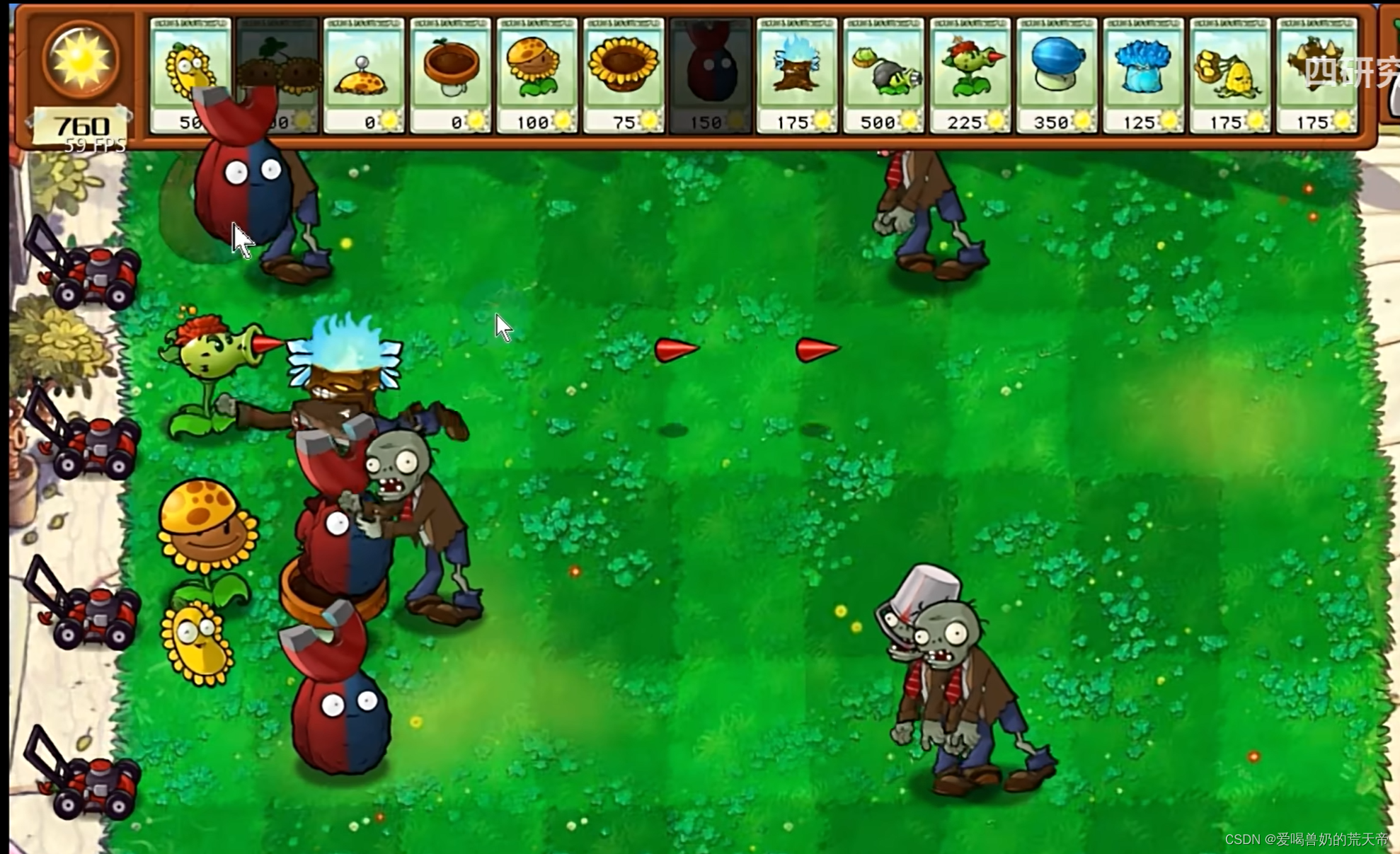
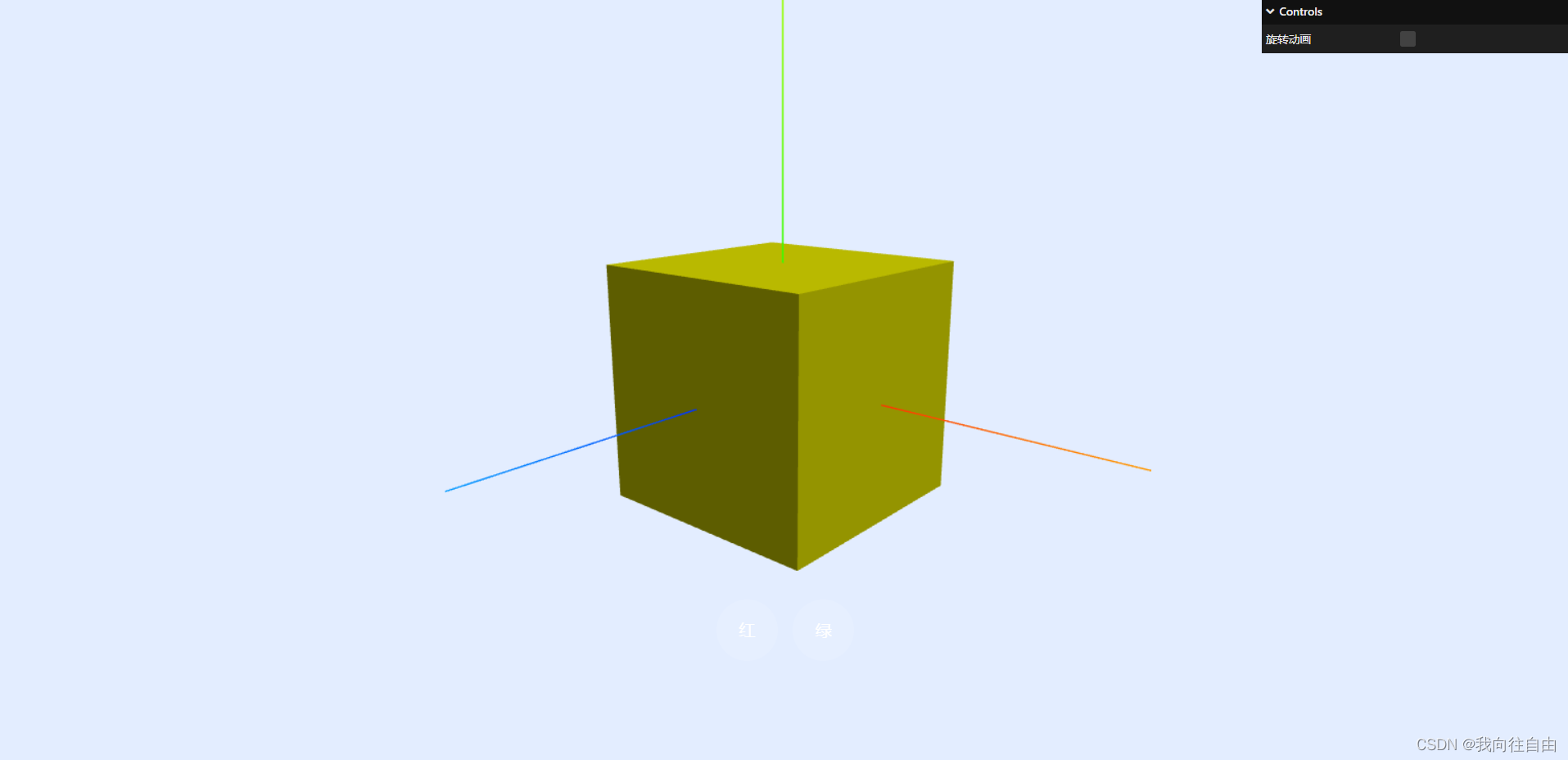

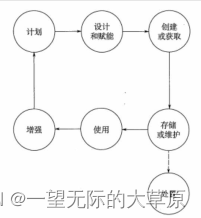
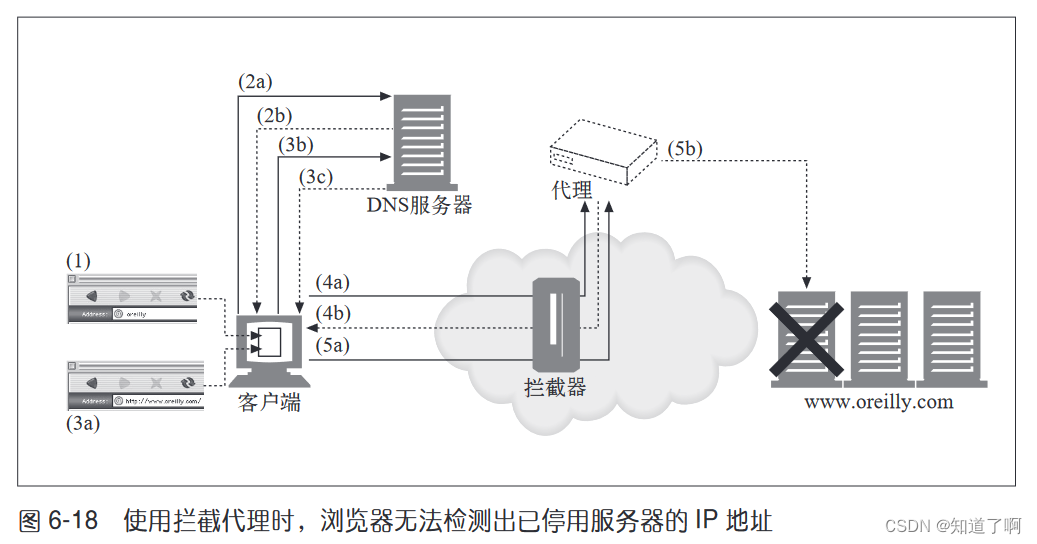
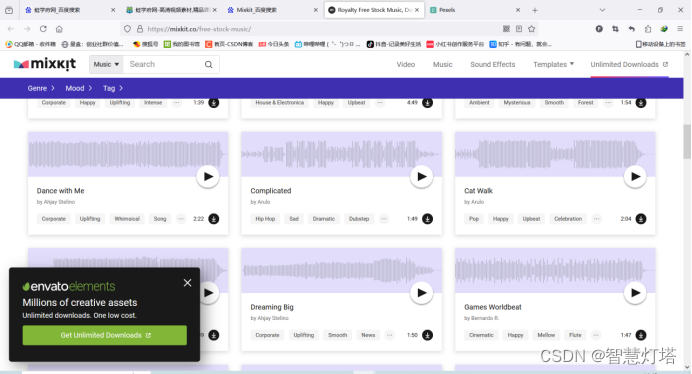


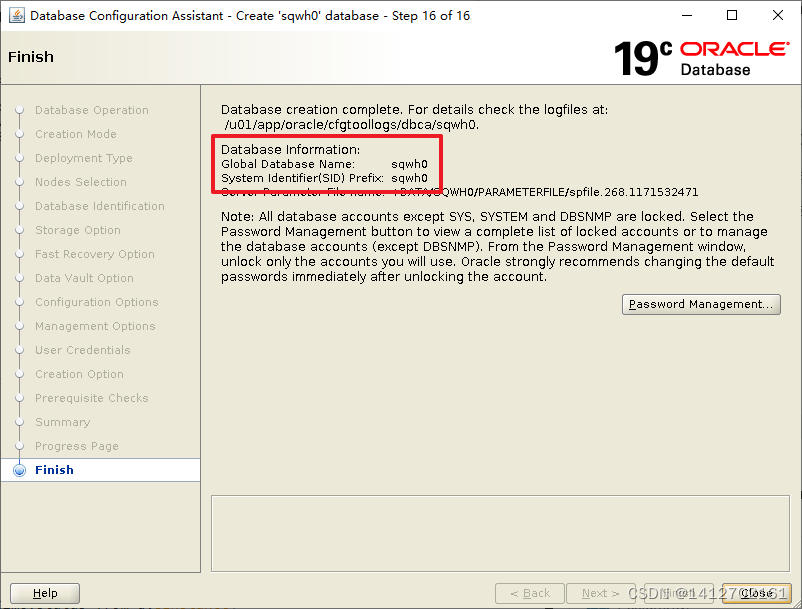
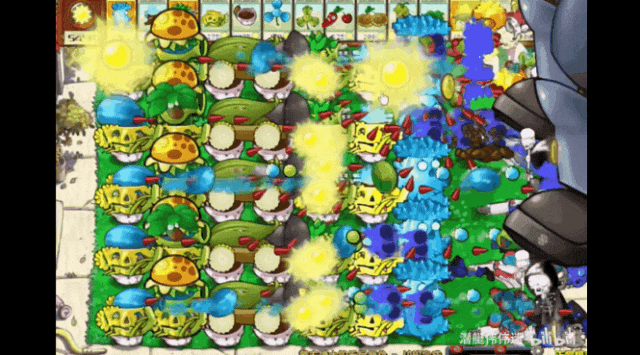
![[Linux] UDP协议介绍:UDP协议格式、端口号在网络协议栈那一层工作...](https://img-blog.csdnimg.cn/img_convert/89f8d427a90f84f4b1646b96963cbd91.webp?x-oss-process=image/format,png)
